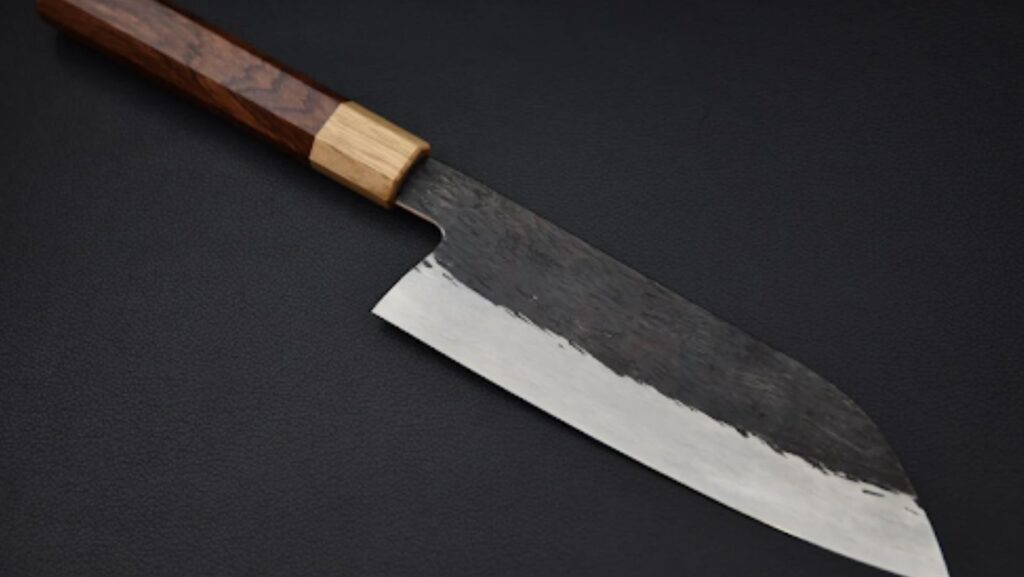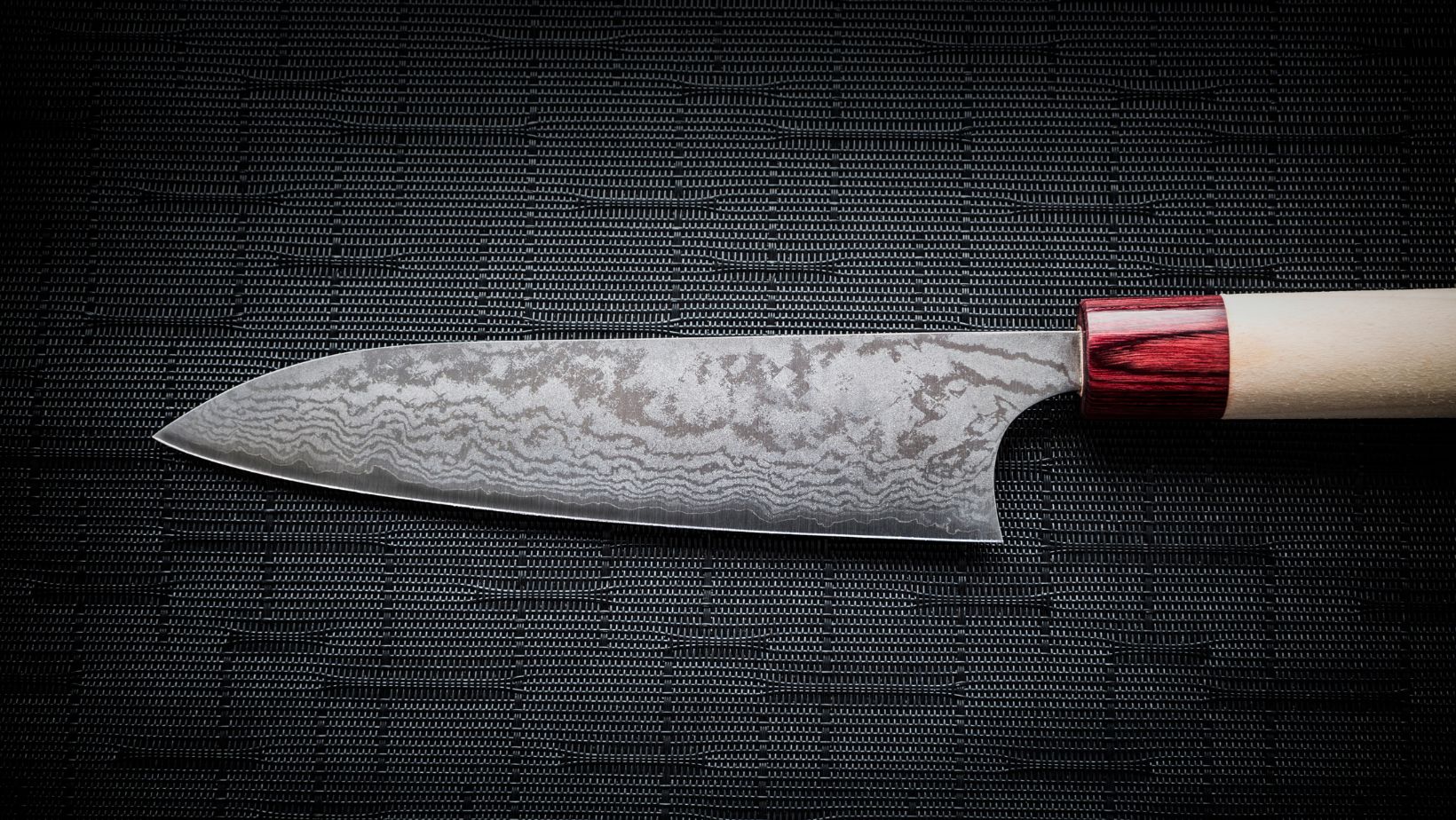
All great meals start with precision, and precision begins with a sharp knife. For anyone who owns a precise and versatile Japanese knife, the skill of sharpening is as important as the knife itself. Sharpening goes beyond honing, which realigns an existing edge. Sharpening restores the edge, revealing once again the fine geometry and balance of true Japanese craftsmanship.
Perfect sharpening relies on using a sharpening stone, also known as a whetstone. This is not just a tool for maintaining a knife; it is part of preserving the connection between steel and skill, allowing you to maintain intended performance for decades. Selecting the proper grit and using that grit correctly translates into every slice, chop, and cut requiring less effort.
The Purpose of Sharpening Stones
Sharpening stones serve as the basis of knife care. Every time you sharpen a knife, you are removing the microscopic layers of steel from the edge of the blade to create a new and sharper bevel. Their ability to sharpen relies on the concept of a controlled and even restoration of the edge without damaging or overheating the steel—something mechanical sharpeners cannot do.
For Japanese knives, sharpening with a stone is more than just a functional practice; it is rooted in a national philosophy of experience and care that has endured for centuries. Regardless of what is being sharpened, each pass across the stone’s surface has the capacity to further refine the angle, texture, and smoothness of the edge, allowing the knife to cut with minimal resistance while retaining comfort and control.
Understanding Grit: The Key to Effective Sharpening
Each sharpening stone is categorized by its grit number. Grit refers to the coarseness or fineness of the abrasive surface. To properly maintain your knife, you must use the appropriate grit.
The primary categories are detailed here:
- Coarse Stones (200–800 grit)
Coarse stones are intended for repairing damaged edges and chips, as well as dull knives that have not been maintained for an extended period. Coarse stones will remove steel rapidly and efficiently reshape the edge — best for restoring performance but not for ongoing maintenance.
- Medium Stones (1,000-3,000 Grit)
The most versatile category and the most often used. Medium stones will refine the edge after coarse grinding, returning it to a razor-sharp condition. For most home chefs, a 1,000-grit stone is typically the best starting point for sharpening Japanese blades.
- Fine Stones (4,000-8,000 Grit)
Fine stones will polish the edge, producing an ultra-smooth surface. They are used to finish sharpening sessions and are responsible for that glass-like sharpness people know Japanese knives are capable of.
- Extra-Fine Stones (10,000+ Grit)
Primarily utilized by professionals, collectors, or individuals who enjoy perfecting every detail of their edge. Extra-fine stones are used to produce a mirror finish, which isn’t required for daily cooking.
How to Choose the Right Grit Combination
The majority of cooks will not require an entire set of stones. A two- or three-stone system will do everything you need:
- 1,000 grit for sharpening, and everyday maintenance;
- 3,000–6,000 grit to refine and finish the edge, and a 400–600 grit stone for rare repairs or substantial restoration.

With this collection, you will have the coverage needed from complete dullness to high-sharpness finishes. You’ll have a knife that remains sharp and in service longer.
How to Sharpen Your Japanese Knife
Sharpening a knife takes time and care, but it can be a very therapeutic process after you get the hang of it.
- Soak the Stone: Most whetstones require a 10–15 minute soak before use. Don’t let the largest surface of the whetstone dry out while you’re sharpening.
- Determine the Angle: Japanese knives typically have a sharper bevel between 15° and 20°. Keeping the knife at the same angle is crucial to maintaining its cutting ability.
- Soft but steady pressure: Angle the knife appropriately and smoothly move it from the heel to the tip along the stone with light, even pressure.
- Switch sides: Repeat the sharpening process on both sides evenly to maintain the knife’s symmetry.
- Polish and refine: Proceed to a finer stone to smooth out the edge, then rinse, dry, and gently hone the knife before storing it.
When sharpening, it is more important to be mindful and consistent than to rush. Eventually, there will be comfort in the process, and the benefits of the effort will be noticeable.
When to Sharpen Your Knife
Knife owners often ask how often they should sharpen their knives. It really depends on how the knife is used, on what surface it’s cutting, and how well you generally maintain your knife(s).
A general guideline:
- Frequent home cooks, about every 3 – 4 months.
- Occasional or recreational users, about once or twice a year.
- If you hone your knives regularly, it can be less frequent.
The test is straightforward: when your knife no longer slices into a tomato or through paper without any resistance, it’s time to sharpen!
Caring for Your Sharpening Stones
Your knife, like the whetstone, requires appropriate care. Follow these steps to keep your whetstone functioning well:
- Smooth the surface, either with a leveling stone or sandpaper, as often as necessary to prevent uneven edges.
- Rinse the whetstone with water and completely dry it after use. Never, ever, store a wet whetstone.
- Store it in a cool, dry place to prevent cracking or mold growth.
If you care for a whetstone, it can last many years and will provide dependable sharpening that will protect the life of your knives.
At Stay Sharp: The Craft of Maintenance and Mastery
At Stay Sharp, sharpening is viewed as an extension of craftsmanship, a way to respect the steel, the maker, and the act of cooking. Our philosophy embodies the tradition of maintenance, not just teaching you how to sharpen but also why it all matters.
Our guidance and products respect the precision of Japanese knives, cradle them like babies, and show you how to care for, hone, and sharpen them with the right tools. Each knife in the collection is designed to work in unison with sharpening stones, preserving the original edge geometry and decentralized performance for many decades.
By teaching, respecting, and promoting authenticity, we aim to encourage home chefs to engage with sharpening as a ritual that enhances both skill and appreciation for the art of cooking.
Conclusion
A finely sharpened knife is more than just a convenience – it is an act of caring for the tool itself, your food, and the craftsmanship that requires care uncommonly throughout the manufacturing process. A knowledge of how to maintain and choose the correct sharpening stones will help one uphold the integrity and precision of a Japanese knife for years to come.
One is not just stating a well-sharpened knife, nor sharpening blades, or even maintaining tools. When sharpening a knife properly, one creates a dialogue that has been ongoing for centuries, where every single stroke on the stone ties the hand of the imitator to the hands of the maker.
When cared for properly and with intention, a Japanese knife provides the user with effortless cuts, timeless performance. It silently rewards them with the value of true craftsmanship in a way that is unmatched by other tools.












